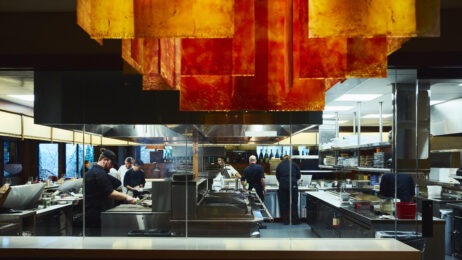The golden rule really does go beyond elementary school lessons–treat others how you want to be treated and they will continue to come back. According to the Watermark Customer Experience ROI Study, U.S. airlines that put their customers first are the most financially successful.
JetBlue, Southwest and Alaska Airlines all provided a superior customer service experience and outperformed the average industry stock earnings over a six-year period–as measured by Dow Jones and Moody’s in the study. “As its turns out, airlines get quite a lift from a great customer experience,” says Jon Picoult, founder and principal of Watermark Consulting.
Airlines that focus on customer experience perform better in profitability and market competitiveness. In our world of new media, the power has shifted to the customer through social media. Bad customer service will severely damage a brand. Who doesn’t remember when a passenger posted a video online of an airline physically dragging an individual off the plane earlier this year?
High-quality customer service infuses humanity into an industry that is notably devoid of it, the study notes. “It builds shareholder value by growing revenues and controlling expenses.”
Watermark’s Customer Experience ROI Study noted five approaches that leaders in airline customer experience practice and could also be gold standards for those who put on the events people are flying in to attend.
1. Aim higher than customer satisfaction. Plan to exceed the minimum and put in place the elements that will delight and amaze. While many are quick to take to social media when even slight inconveniences arise, it often takes the over the top elements to elicit praise from those same channels.
2. Become experts on the fundamentals and then deliver pleasant surprises. It doesn’t help to add bells and whistles if the basics are not running smoothly. Experience and a detailed checklist are the foundations that a memorable meeting is built on.
3. Understand that great experiences are intentional and emotional. Aha moments don’t happen by accident or logic alone. They are designed to appeal to the whole person and are based on the needs and expectations of attendees.
4. Use cognitive science to shape customer impressions. The subconscious often dictates how an event is perceived. Consider how the space will impact all the senses when preparing for attendees.
5. Recognize the connection between the customer and employee experience. Every interaction delivers a brand message. Is it the right one?




